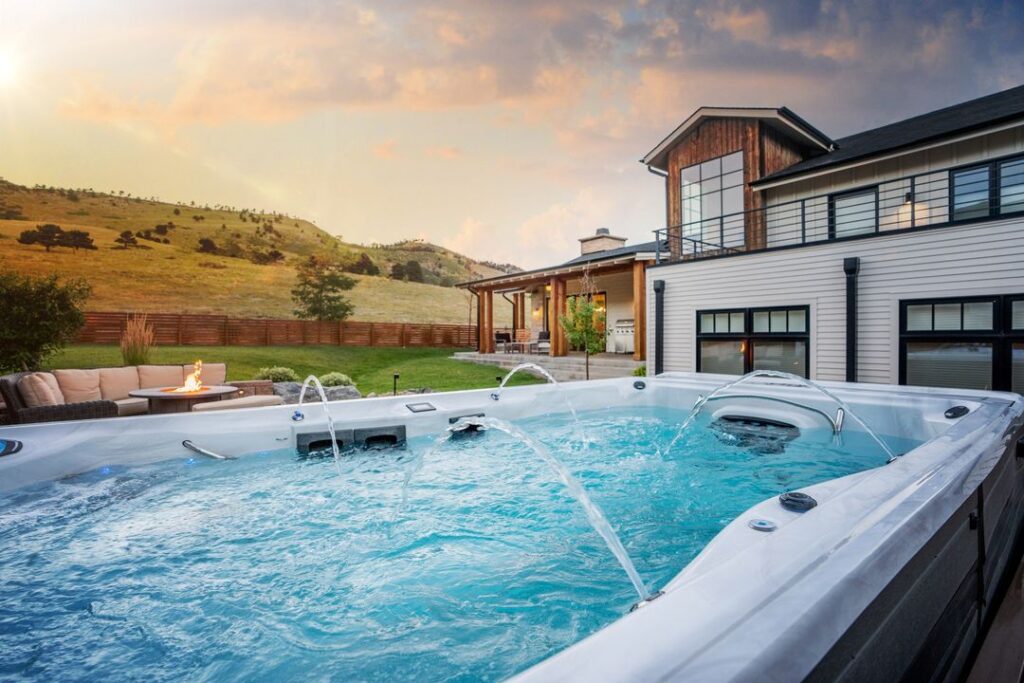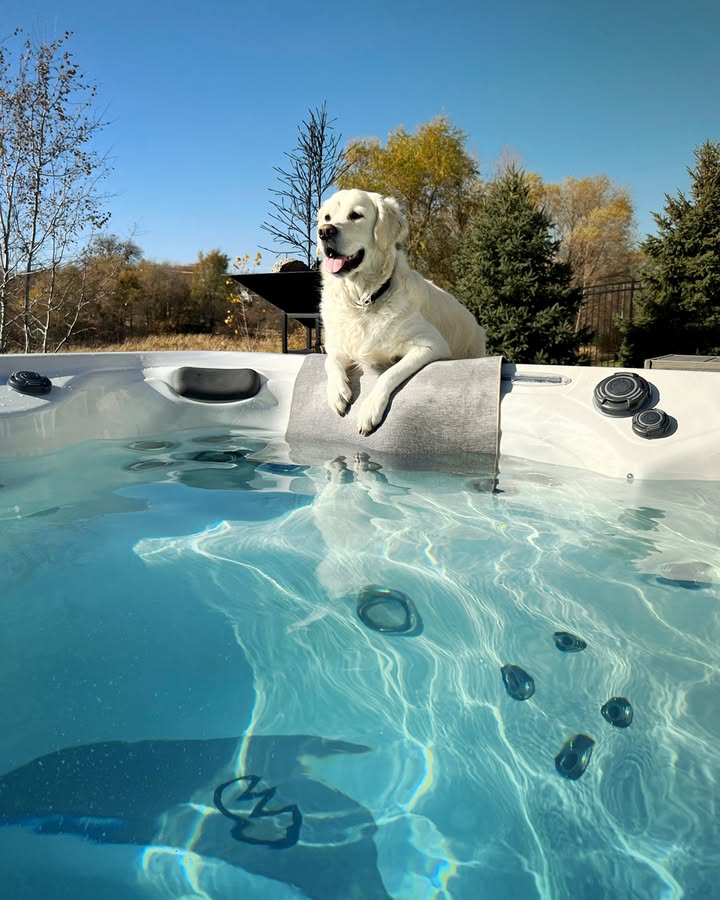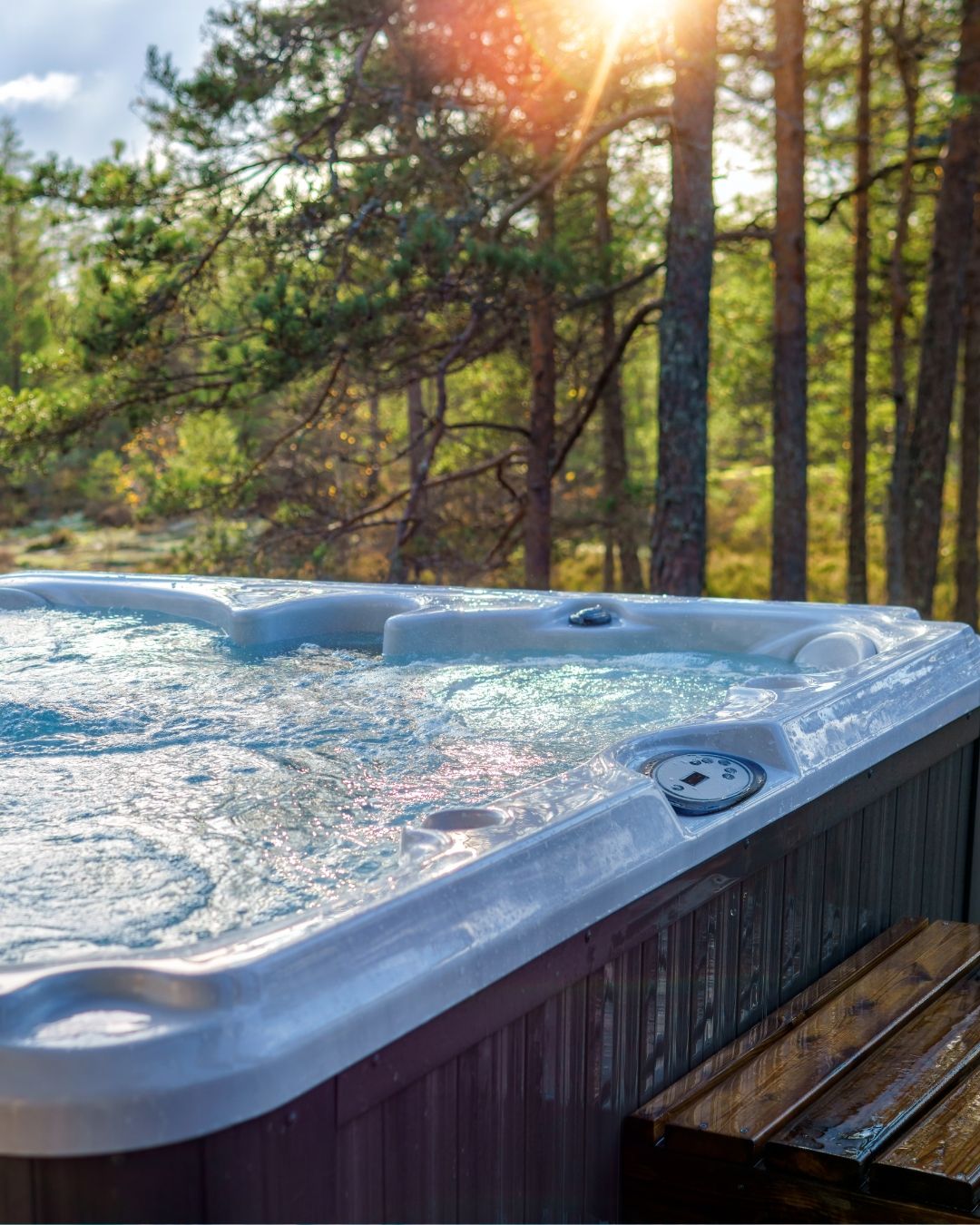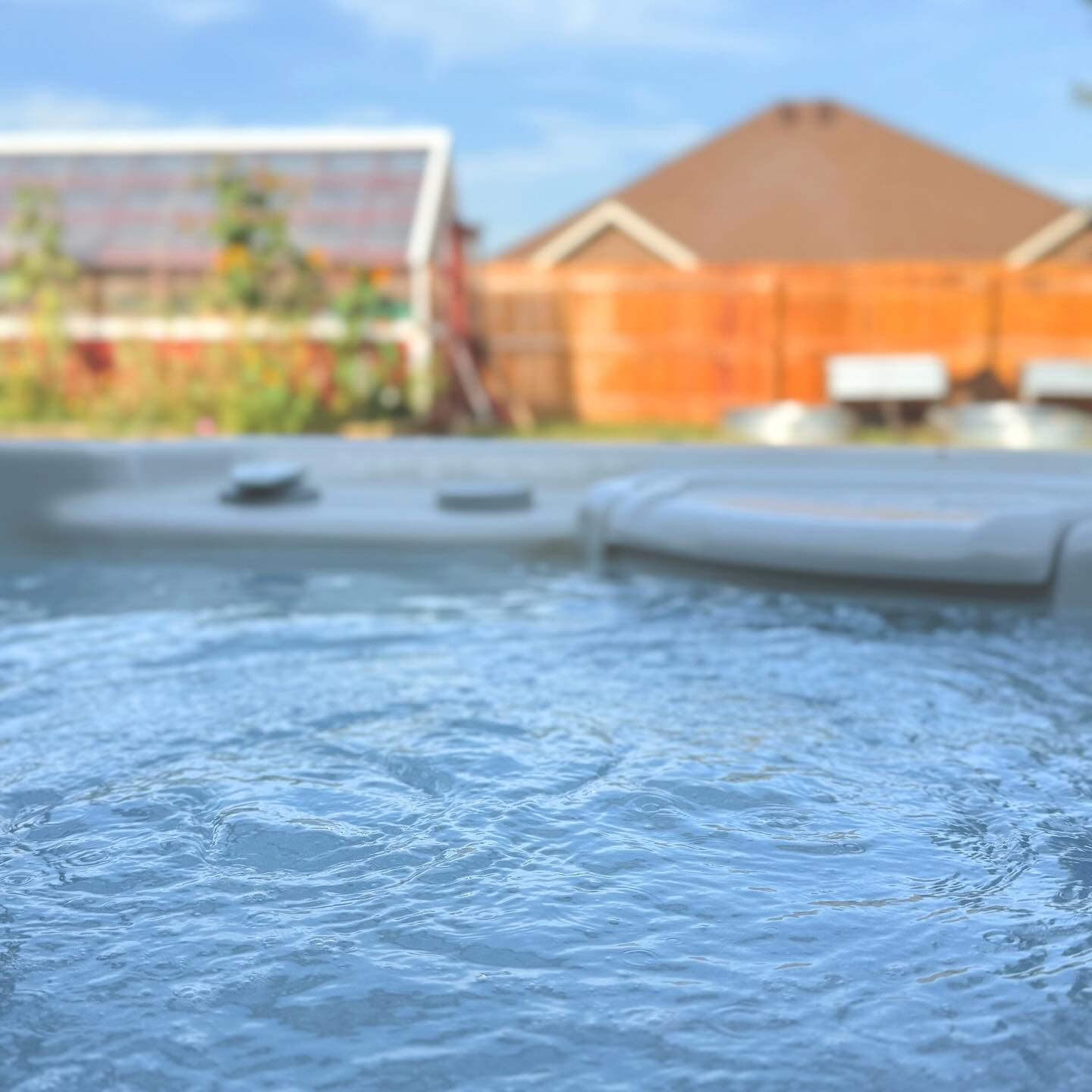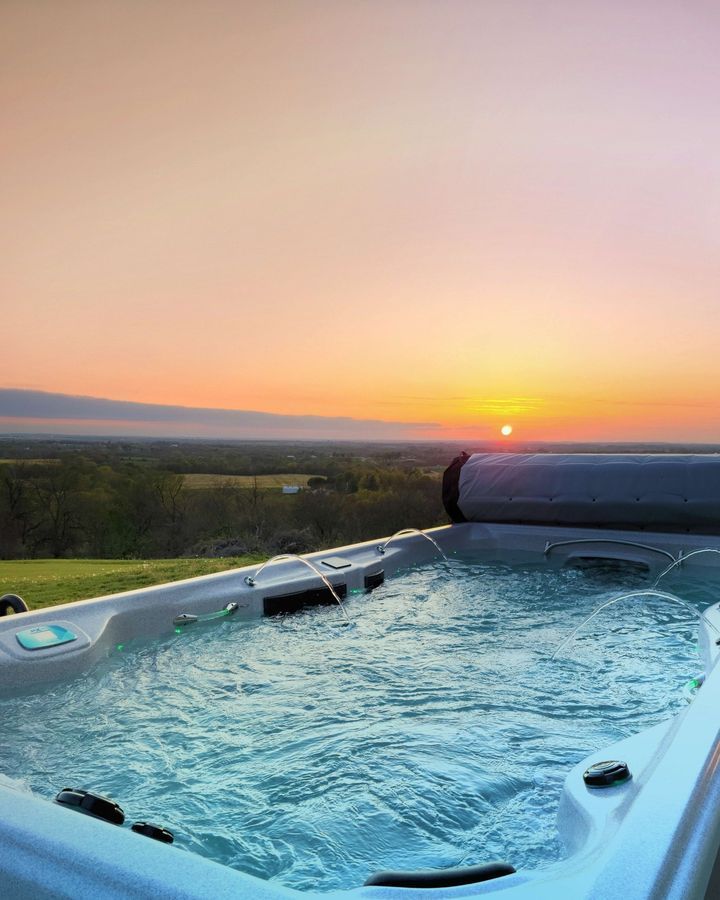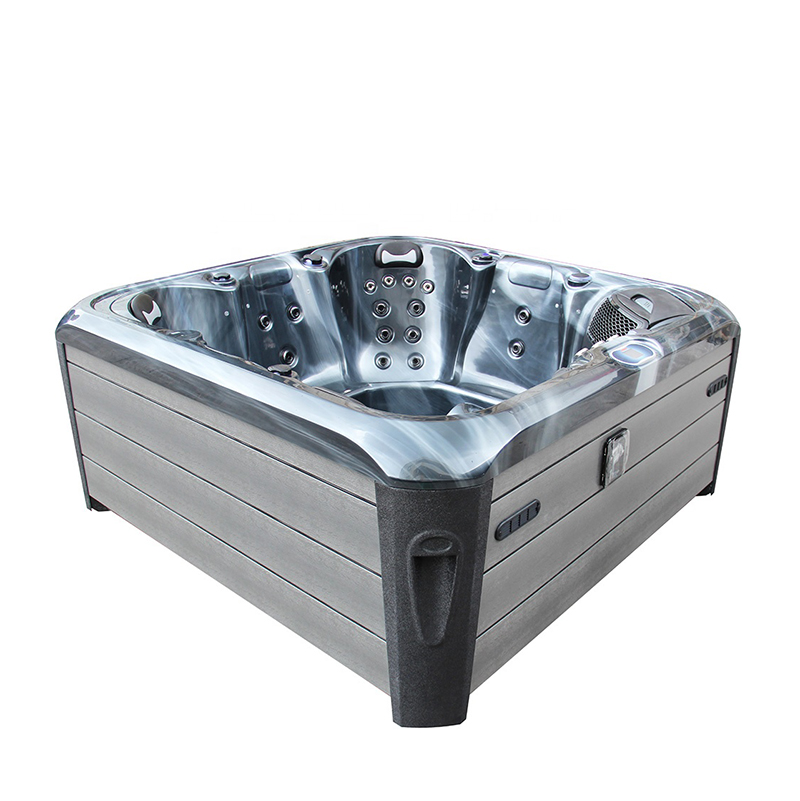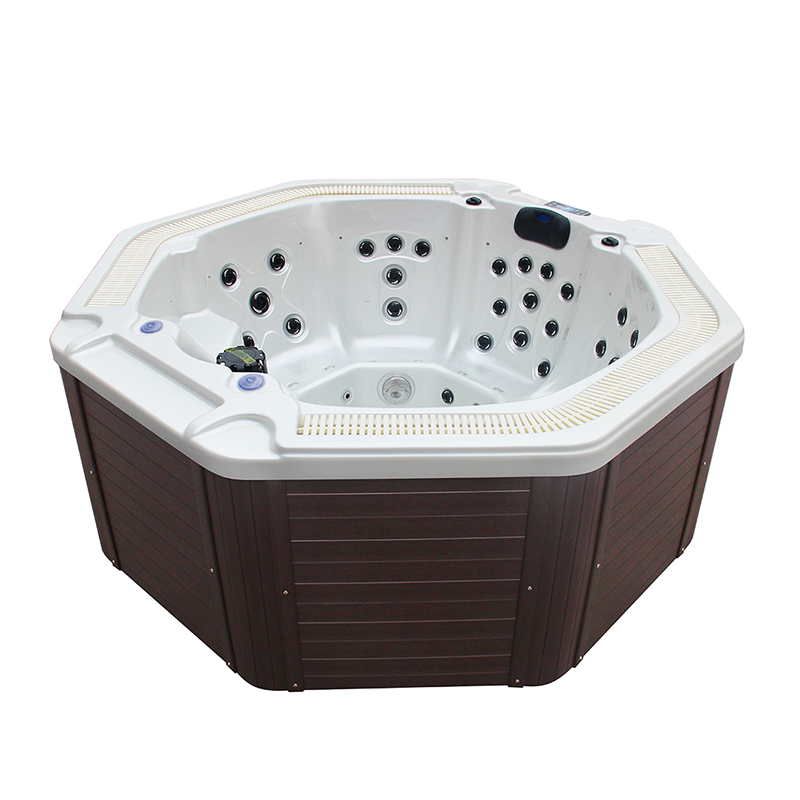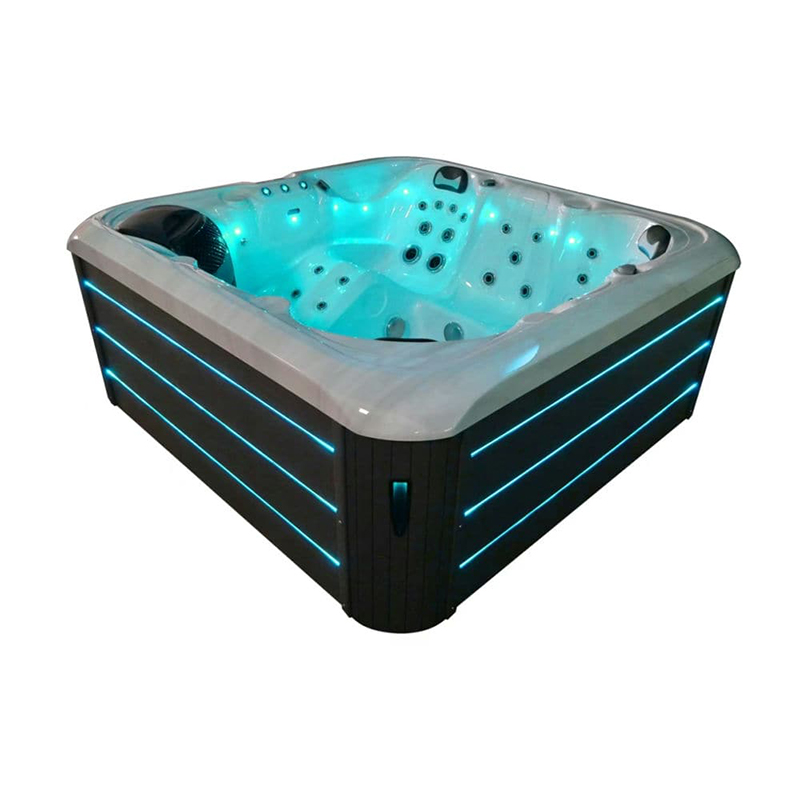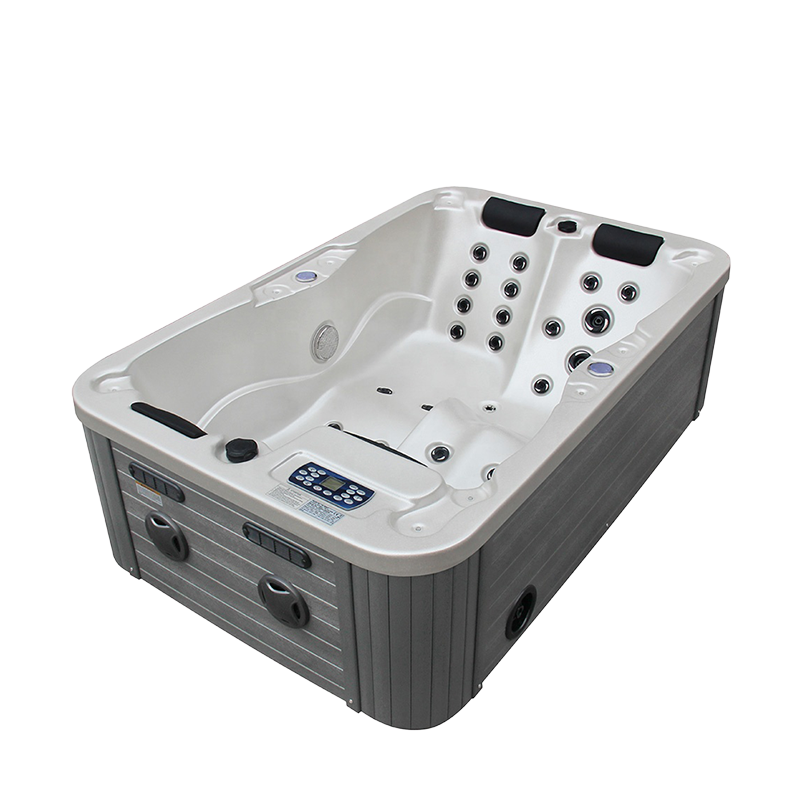A hot tub can be the ultimate relaxation destination after a long, stressful day. Many people dream of the soothing experience of immersing themselves in warm water, letting the jets massage their muscles while unwinding from the pressures of the day. However, while soaking in a hot tub offers numerous health benefits, it’s essential to understand the limits to ensure safety.
In this article, we will explore what happens when you stay in a hot tub for too long, the potential risks of extended exposure to hot water, and what signs you should be aware of to avoid health complications. Additionally, we’ll dive into the factors that influence how long it’s safe to soak, answer some frequently asked questions, and provide essential safety tips.
1. The Appeal of Hot Tubs: A Therapeutic Experience
Hot tubs are more than just a place to relax—they offer a range of health benefits. Warm water immersion is known to improve circulation, relieve stress, soothe muscle pain, and even improve sleep. Hydrotherapy, which involves soaking in water at specific temperatures, is widely used for its therapeutic effects, including pain relief for chronic conditions like arthritis.
However, while hot tubs can be beneficial, the length of time spent soaking is crucial. Staying in a hot tub for an extended period, such as three hours, can pose health risks. In this article, we’ll discuss the effects of prolonged exposure to hot water and how long you can safely enjoy your hot tub.
2. What Happens If You Stay in a Hot Tub for Too Long?
While a short soak in a hot tub can be relaxing and rejuvenating, staying in the hot water for several hours can lead to a number of health issues. The risks increase significantly when the water temperature is high, such as 104°F or above. Prolonged exposure to heat can affect your body in various ways.
A. Dehydration
One of the primary risks of staying in a hot tub for too long is dehydration. The warm water increases blood circulation and makes you sweat, which leads to fluid loss. If you’re not hydrating adequately, this can result in dehydration. Dehydration can cause symptoms like dizziness, fatigue, dry mouth, and confusion. Staying in a hot tub without replenishing fluids can also lead to heat exhaustion or heat stroke, which are dangerous conditions requiring immediate attention.
B. Heat Stroke
Heat stroke is one of the most serious consequences of staying in a hot tub for too long, especially at high temperatures. The body can struggle to regulate its temperature in hot water, which may cause the core body temperature to rise significantly. If your body gets too hot, it can result in heat stroke, a condition where the body loses its ability to cool down. Symptoms of heat stroke include nausea, vomiting, dizziness, confusion, and even fainting. In extreme cases, heat stroke can be fatal if not treated promptly.
C. Lowered Blood Pressure
Extended exposure to heat can dilate blood vessels and lower blood pressure. This can cause a variety of symptoms, including dizziness, fainting, and an inability to concentrate. If your blood pressure drops too much, it may lead to more serious complications, such as fainting or falling. It’s especially important to monitor your body’s response to heat if you have low blood pressure or any cardiovascular issues.
D. Skin Irritation
Another common effect of staying in a hot tub for too long is skin irritation. The hot water, combined with chemicals such as chlorine or bromine, can cause the skin to become irritated, red, or itchy. If you notice signs of skin irritation, such as a rash or burning sensation, it’s a clear indicator that you should exit the hot tub immediately.
3. The Risks of Staying in a Hot Tub for 3 Hours
Spending three hours in a hot tub is excessive and increases the likelihood of experiencing negative side effects. Prolonged exposure to heat can lead to a combination of the issues mentioned above, including dehydration, heat stroke, and lowered blood pressure. The body’s ability to regulate temperature becomes impaired over time, and staying in hot water for such a long duration without breaks puts unnecessary strain on your cardiovascular and respiratory systems.
While fatalities from staying in a hot tub for an extended period are rare, they can occur in extreme cases, especially if dehydration or heat stroke goes unnoticed. It’s essential to listen to your body and exit the hot tub if you start to feel lightheaded, nauseous, or dizzy.
4. How Long Is Too Long in a Hot Tub?
The safe soaking time in a hot tub depends on several factors, including the water temperature, your health, and how comfortable you feel. As a general guideline, most healthy adults can safely stay in a hot tub for 15 to 30 minutes at a temperature of 100°F to 102°F. At 104°F, the maximum recommended time is 15 to 20 minutes.
Here’s a quick guide on how long you can safely stay in a hot tub based on the temperature:
| Water Temperature | Recommended Soak Time | Notes |
|---|---|---|
| 98°F | Up to 45 minutes | Safe for longer soaks |
| 100–102°F | 15–30 mínútur | Standard hot tub range, hydrate often |
| 104°F | 15–20 minutes | Maximum safe temp, watch for discomfort |
A. For New Hot Tub Users
If you’re new to hot tubs or haven’t used one in a while, it’s recommended to start with shorter sessions—10 to 15 minutes. Gradually increase the soak time as your body adjusts, always staying hydrated and paying attention to how you feel.
B. What If You Feel Comfortable?
Even if you feel comfortable after 20–30 minutes, it’s important to take breaks. Prolonged exposure to heat, even if you don’t feel any discomfort, can still have long-term effects on your body. It’s a good idea to set a timer and exit the hot tub every 30 minutes for a brief break.
5. Factors to Consider When Soaking in a Hot Tub
Several factors can influence how long you should safely stay in a hot tub. These include the water temperature, your health status, and the surrounding environment.
A. Hot Tub Temperature
The hotter the water, the shorter the safe soaking time. If the water temperature exceeds 102°F, the risk of dehydration and overheating increases, so it’s important to limit the time spent in the tub.
B. Personal Health
Certain health conditions can impact how long you should stay in a hot tub. For example, pregnant women should limit their hot tub use to avoid overheating, which can harm the baby. People with cardiovascular conditions or diabetes should consult their doctor before using a hot tub, as prolonged exposure to heat can exacerbate symptoms like dizziness or fatigue.
C. Age
Age also plays a role in how long you can safely soak in a hot tub. Older adults are more susceptible to heat-related illnesses, so they should avoid staying in a hot tub for extended periods. Children and teenagers should also be monitored closely when using hot tubs, and the water temperature should be kept lower to prevent overheating.
D. The Outside Temperature
The ambient temperature outside can affect your body’s ability to regulate heat. If it’s cold outside, your body may naturally cool itself more quickly, allowing you to stay in the hot tub for a longer time. On hot days, however, it’s best to limit your soak time and keep the water temperature slightly cooler to avoid heat exhaustion.
6. Additional Features to Enhance Your Hot Tub Experience
A. Hydromassage Jets
Most modern hot tubs come equipped with hydromassage jets that target specific areas of the body. These jets can help relieve muscle tension, improve circulation, and provide a more therapeutic experience. If you plan to stay in the hot tub for longer, consider using the jets for shorter periods to avoid overstimulating your body.
B. Aromatherapy
Aromatherapy is another great feature that can enhance your hot tub experience. Essential oils like lavender, eucalyptus, or chamomile can promote relaxation and stress relief. Adding essential oils to the water can create a calming atmosphere, making your soak more enjoyable and beneficial for your mental well-being.
7. Frequently Asked Questions About Hot Tub Safety
Q1: Can I stay in a hot tub for hours without any issues?
It’s not recommended to stay in a hot tub for hours, as prolonged exposure to heat can lead to dehydration, heat stroke, and other health complications. It’s best to limit your soak time to 15–30 minutes, depending on the water temperature, and take breaks to hydrate and cool down.
Q2: What happens if I stay in a hot tub too long and feel dizzy?
If you feel dizzy or lightheaded, it’s important to exit the hot tub immediately and hydrate with cold water. Dizziness is a sign that your body is overheating or dehydrated, and continuing to soak can lead to more severe symptoms, such as fainting or heat stroke.
Q3: How can I enjoy a hot tub safely?
To enjoy a hot tub safely, monitor the water temperature, limit your soak time to 15–30 minutes, stay hydrated, and take breaks. Pay attention to your body’s signals and exit the hot tub if you feel dizzy, nauseous, or uncomfortable.
8. Conclusion
While a hot tub can provide an excellent way to relax and enjoy therapeutic benefits, it’s essential to be mindful of how long you stay in the water. Staying in a hot tub for extended periods, especially without breaks, can lead to dehydration, heat stroke, and other health complications. To ensure a safe and enjoyable experience, always listen to your body, stay hydrated, and limit your soaking time to the recommended duration based on the water temperature.
Remember, moderation is key. By following the safety guidelines, you can enjoy the benefits of hot tubs without putting your health at risk. Whether you’re soaking for relaxation, stress relief, or muscle recovery, a little caution goes a long way in ensuring a safe and enjoyable experience.

